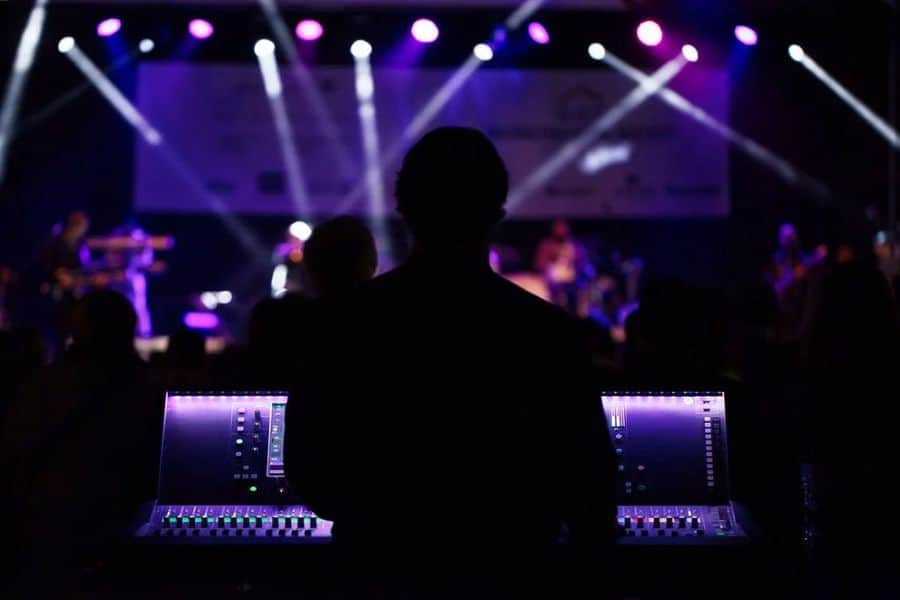Lighting plays a vital part in motion mapping because it sets the mood and feel of the exhibit. Different illumination methods can evoke various emotions and responses from the viewers. For example, using gentle, warm lights can create a welcoming atmosphere, while bright, cold illumination may create a more dynamic or dramatic impact. By thoughtfully selecting light colors and intensities, artists can influence how audience interpret the displayed visuals, leading to a more engaging encounter. The equilibrium between mapping luminance and surrounding light is essential, as it can significantly affect the visibility and impact of the visuals.
In addition, color and intensity, the direction of light also influences the effectiveness of projection. Lighting from different angles can create shadows and highlights that add depth to the projected images. This technique, known as light and shadow, can improve the three-dimensionality of the subjects being projected. Additionally, using moving lights can add dynamism to the display, making the experience more engaging for the audience. When the light collides with the projected visuals, it can create an illusion of movement and transformation, grabbing the audience's focus.
Another important element of illumination in mapping in the use of unique features. Techniques such as gobo lighting, which employs patterns and shapes to filter light, can visit site add texture and complexity to the projections. This method allows artists to superimpose visuals and produce aesthetically captivating results that enhance the projection. Moreover, adding lasers or LED lights can further enhance the display, offering a unique mix of sight components that attract the viewers in. These unique features, when used carefully, can transform the mapping into a basic show to an engaging piece of creativity.
In summary, the influence of illumination methods on video projection is profound. By understanding how different lighting elements interact with projected visuals, artists can create enthralling encounters that resonate with viewers. The the original source careful selection of color, brightness, direction, and unique effects allows for a rich tapestry of visual narrative. As tech advances to grow, the options for artistic showcasing in projection will only expand, making illumination an ever-important component in this innovative art form.
